William Randolph Hearst: Father Of Yellow Journalism/Fake News Billionaire
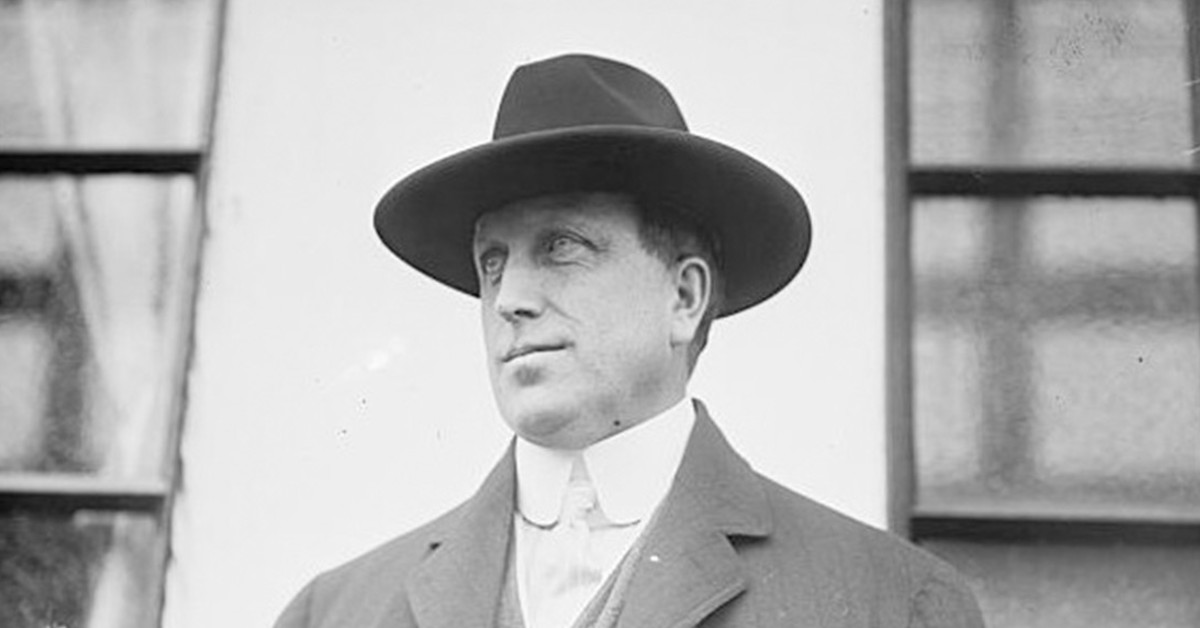
(Famous People)
There's never been an American character quite like William Randolph Hearst, the business tycoon, newspaper publisher, and politician who created the largest media company in the United States. Hearst's name is synonymous with media to this day, but he's also known as the father of "yellow journalism" after he used it to jump start the Spanish-American War. His influence on politics and journalism inspired Orson Welles to write and direct Citizen Kane, a film cataloging the life of a fictional magnate with the same moral vacancy as Hearst.
Born To Tycoon
Born on April 29, 1863, William Randolph Hearst became a millionaire not long after. His father, multi-millionaire miner George Hearst, had partnered up with three major mining operations—the Comstock Lode, Homestake Mine in South Dakota, and the Anaconda Mine in Montana—that made him one of the most powerful men in America. In 1880, George was gifted the San Francisco Examiner as a repayment for what must have been one heck of a gambling debt, but it wasn't something that he was all that interested in. It pretty much lingered in that one closet where we all keep our novelty mugs and other unwanted presents.
At least, that's where it stayed until young William set his sights on it. As a student at Harvard, Hearst wrote to his father demanding that he be put in charge of the Examiner despite George's hopes that his son would take over the mining business. On March 7, 1887, Hearst officially became the paper's owner. No expense was spared in turning the quaint little newspaper into "The Monarch of the Dailies," a journal that was dedicated to such noble causes as exposing political corruption, showcasing inspiring stories, and ... spreading cautionary tales about Asian immigration. Well, they can't all be winners.
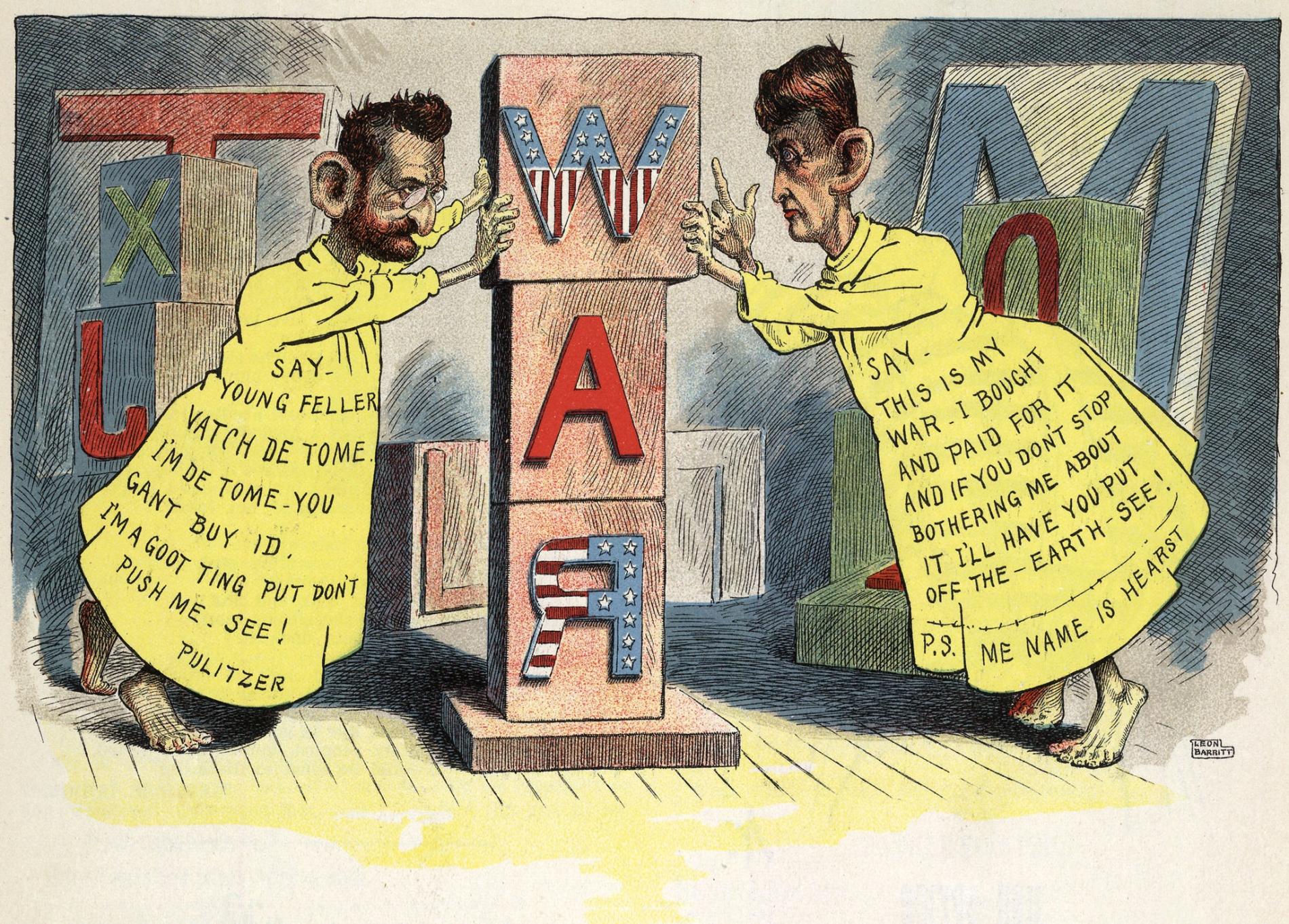
The Birth Of Yellow Journalism
As Hearst's media influence grew, so did his power to push sensationalist narratives across the country. The term "yellow journalism," a manipulative brand of coverage based on persuasive hyperbole, came from his rivalry with New York World and a comic called Hogan's Alley created by artist R.F. Outcault that featured a character named The Yellow Kid who lived in the back streets of New York City. Hearst hired Outcault away from New York World to create a new version of the character, and soon enough, there were two versions of The Yellow Kid helping to bring readers to sensationalist newspapers.
Hearst's over-the-top headlines and infamously heated rivalries launched a newspaper sales revolution that changed the world in uncountable ways, but one of the strangest was its role in the instigation of the Spanish-American War. While reporting from Cuba, his journalists told lurid tales of women kept in cages and America-loving, freedom-fighting rebels, but they really crossed the line when they claimed, absent any evidence at all, that Spain was responsible for sinking the battleship Maine in Havana Harbor. Hearst’s readers, at least a million strong at that point, were so incensed by these stories that they demanded America get involved.
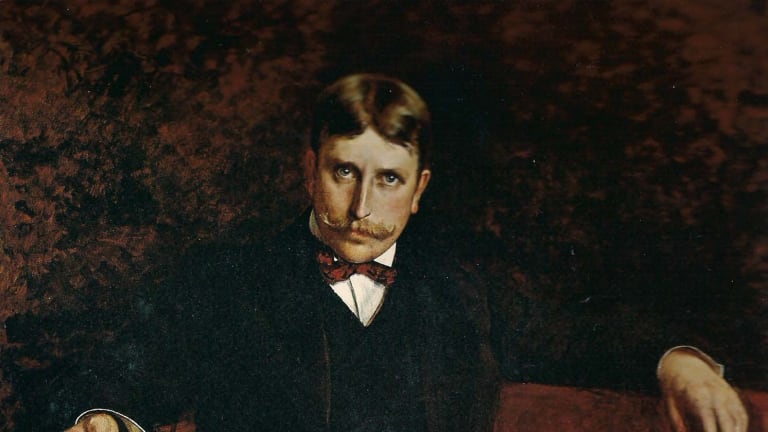
Transition To Politics
When Hearst got bored of folding the feces in print, he decided to take his brand of powerful sensationalism where it was most suited: the world of politics. Initially, he set his sights on the Democratic presidential nomination, but his incendiary publishing proved to be his downfall. After an article in one of his newspapers endorsed the assassination of President McKinley and then that actually happened in 1901, a successful presidential bid looked unlikely.
Even so, Hearst managed to gain some political ground, following up two terms in the House of Representatives with failed bids for the president and mayor of New York City. Throughout his political career, he claimed to be the politician of the working man, although by the end of World War I, his views swung wildly to the right.
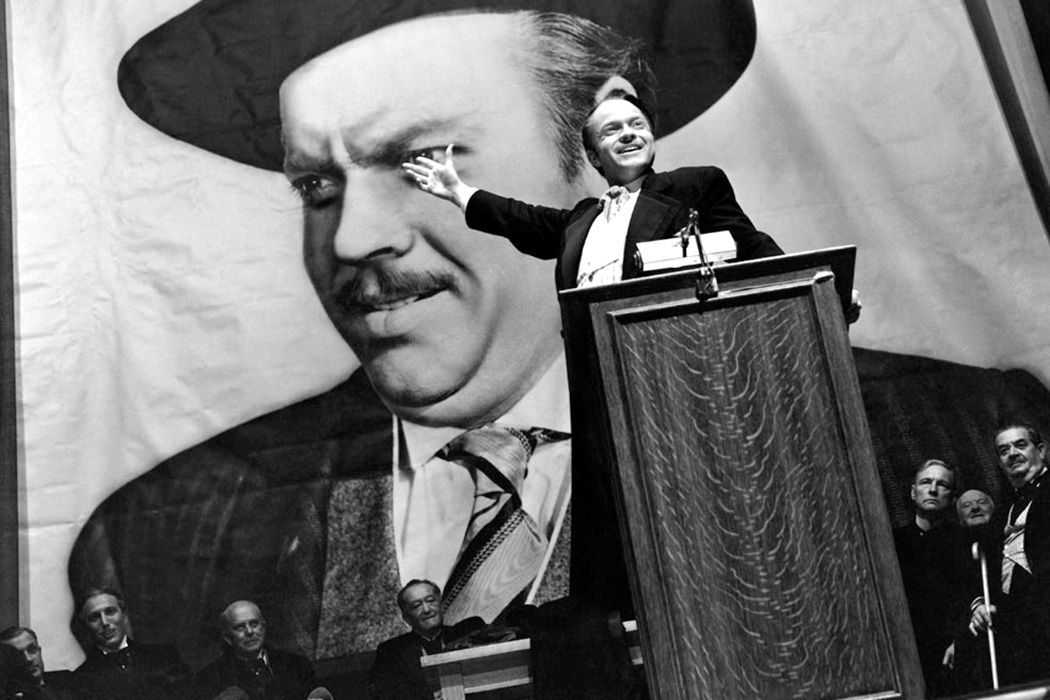
Citizen Kane
It's not exactly a secret that the title character of Orson Welles's masterpiece Citizen Kane, a moralist tale of corruption and scandal told across multiple decades, was based on Hearst. The film follows media tycoon Charles Foster Kane as he takes over newspapers across the States, dabbles in the filmmaking business, and becomes a failed politician. Aside from all of the obvious similarities between Kane and Hearst, viewers drew an immediate parallel between their clandestine relationships with would-be starlets. According to Hollywood gossip, Hearst had funded the career of actress Marion Davies, and the depiction of Kane's financial support of his own movie star mistress all but confirmed the rumor.
Although Welles insisted (unconvincingly) that the film was entirely fictional, Hearst wanted Citizen Kane out of the theaters and Welles ruined. He ordered the FBI to investigate the filmmaker, claiming that he was in league with communists, and directed all Hearst-owned media properties to slam the movie. His plan worked. The film that is widely considered the greatest of all time today only brought in about $1 million at the box office, and Welles never managed to attain the success that he clearly deserved.
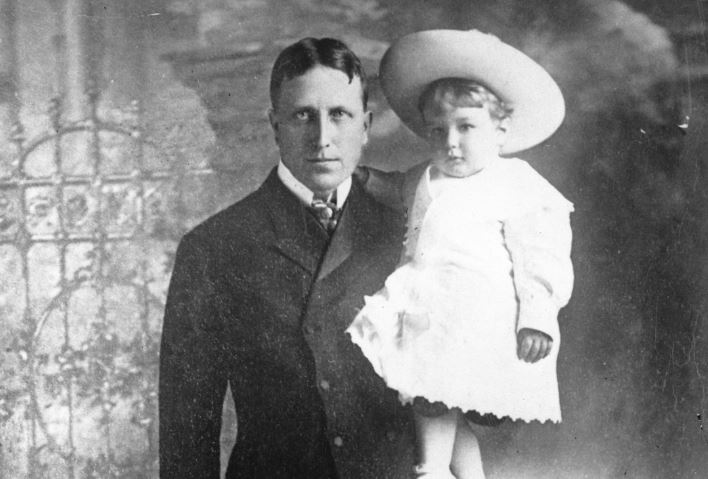
About That Starlet
Whether she succeeded on her own merits or he really did buy her a career, it's true that Hearst enjoyed a lengthy romance with Davies. It's also true that he created a Hollywood production company called Cosmopolitan Productions and put Davies in many of its films. Draw from that information what you may.
Reportedly, Hearst's wife refuse to grant him a divorce so he could be with Davies, but that didn't stop the lovebirds. Hearst even supposedly fathered a daughter with Davies who was allegedly adopted by Davies's sister, Rose. The story goes that a pregnant Davies was spirited away to Europe to give birth in secret, and Rose passed the girl off as her own following their return to the U.S.
The girl, later known as actress Patricia Lake, led a pampered life. She was wealthy beyond imagination and given every amenity afforded to members of the Hearst family without actually being recognized as a Hearst. Before her death, Lake claimed that Hearst (or "the Chief," as she called him) confirmed to her that he was her father on her wedding day. To put any linger doubts to rest, Hearst and Davies also walked her down the aisle.
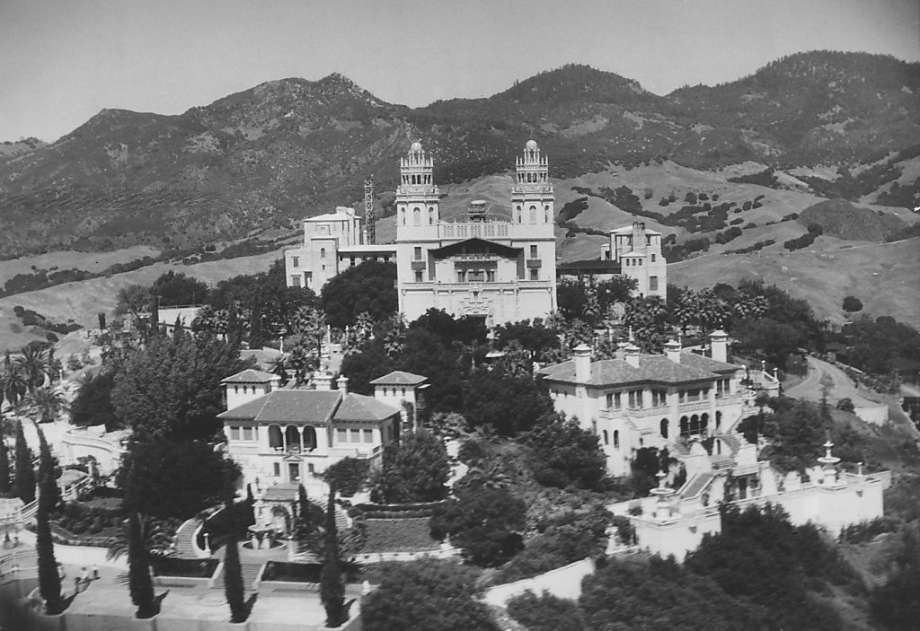
He Owned A Zoo
Ruining a filmmaker for saying means things about him and vying ruthlessly for public office were only a few of Hearst's Bond villain–esque activities. The media mogul owned an honest-to-God castle near San Simeon off Highway 1 in California, which included his own zoo. The menagerie, which featured fenced-in habitats for at least 50 species of herbivores, was constructed at Hearst's direction to make visitors feel as if they were driving through a strange countryside populated with odd animals rather than a zoo. When Hearst began to fall on hard times in 1937, he had to slow down construction on his strange zoo and donate his animals to established facilities, but he never really finished giving them out, which is why you can still see zebras grazing near San Luis Obispo.
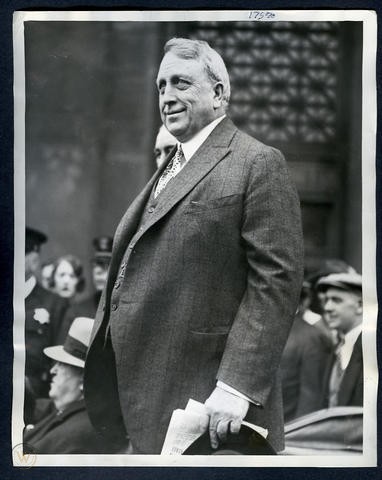
Death Of A Salesman
Like the focal point of Citizen Kane, William Randolph Hearst became more eccentric as he aged. After World War I, his political views changed radically. He denounced the New Deal, a plan to restart the economy, while purchasing vast amounts of real estate holdings and art. He went quite predictably broke and had to sell of many of the papers that he established and halt construction on his San Simeon estate, but the Hearst Company made a financial turn during the Second World War as the public's thirst for news increased and advertising rates went through the roof. He returned to San Simeon in 1945 and resumed the neverending construction project, but he grew ill in 1947 and had to move to Los Angeles to be close to a medical facility. That's right: His compound was so enormous and isolated that he couldn't conveniently get to a hospital. Four years later, he died of a stroke at the age of 88.
Does any one have Patty 'Tania' Hearst's contact information? I'm interested in enlisting in the Symbianese Liberation Army and being a Fook'ln Commie? POWER TO THE PEOPLE!
ReplyDeleteOn many fake IDs, the data encoded on the attractive stripe or standardized identification doesn't coordinate what is actually composed on the facade of the ID card. For example, an Identification card may peruse that an individual is named "Jane Doe." California Fake driver's license
ReplyDelete